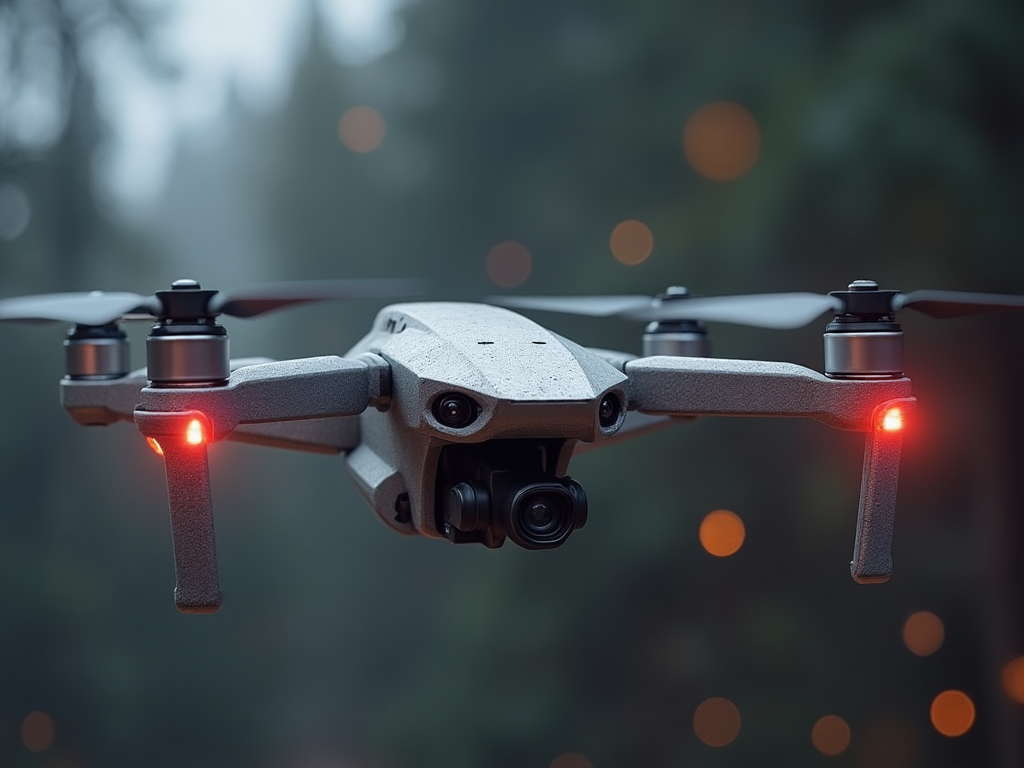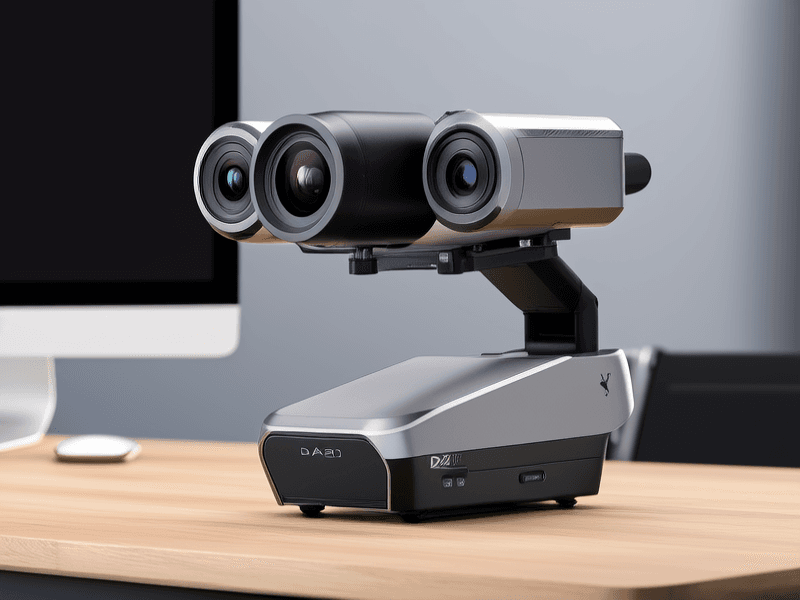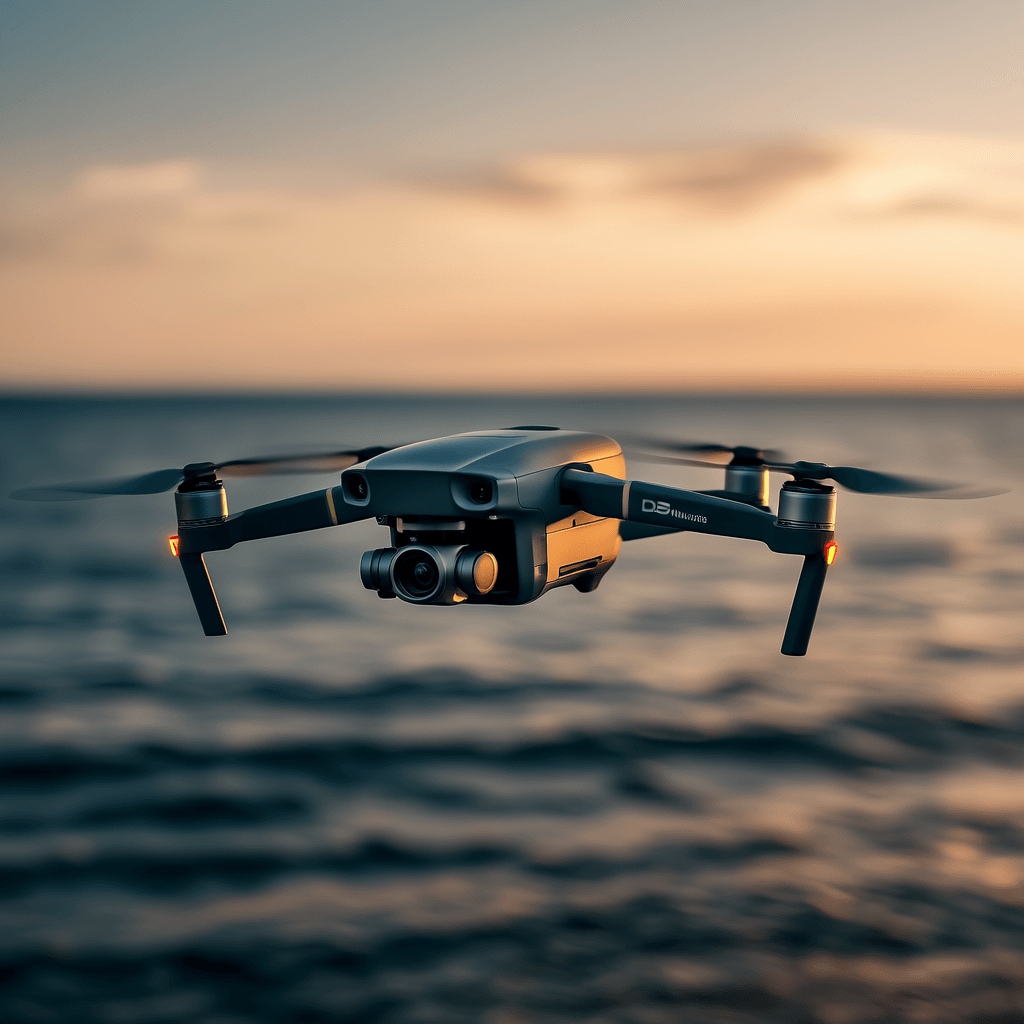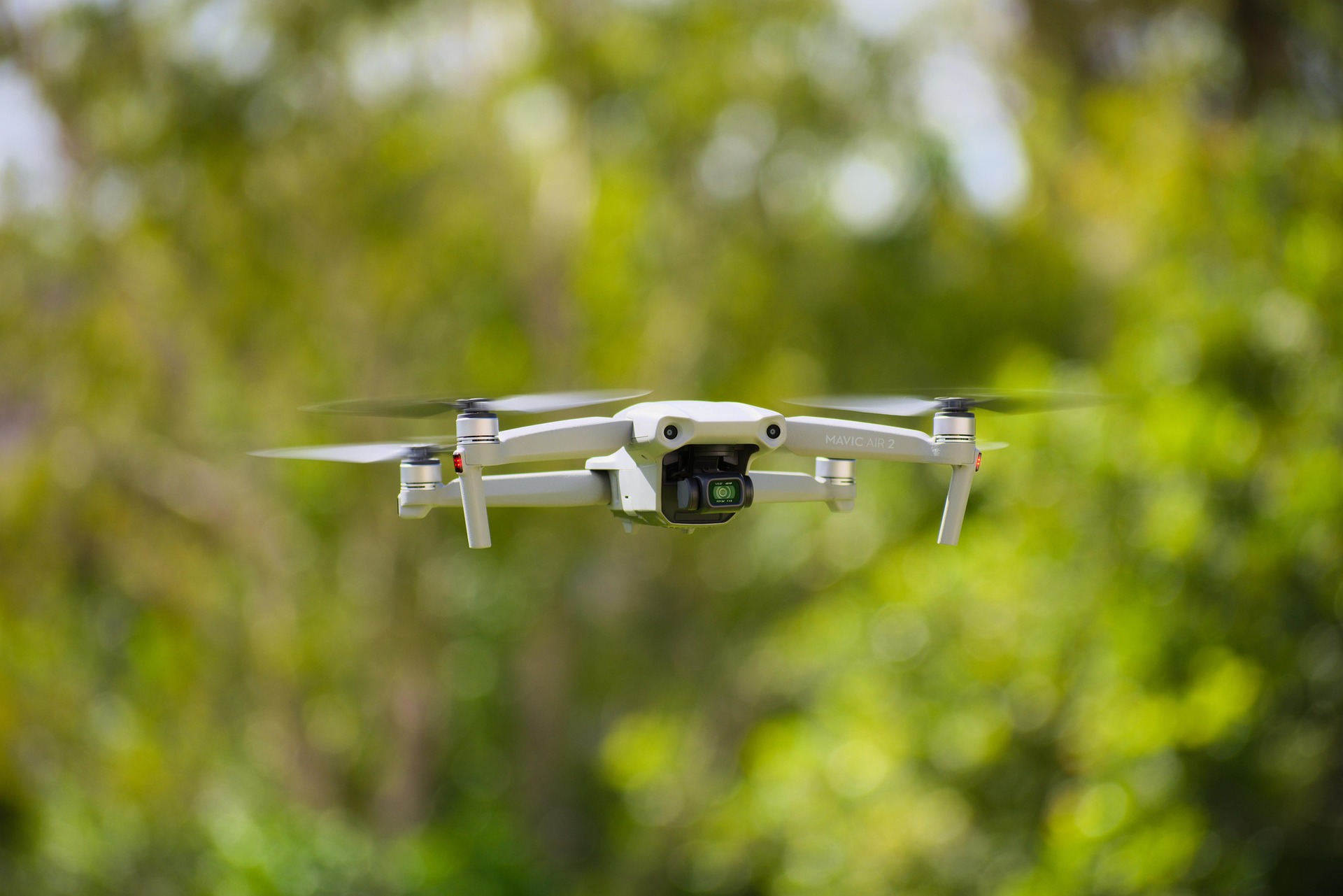What is AI FPV? The Integration of Artificial Intelligence and First-Person View

AI FPV Technology Overview
AI FPV is a first-person view system realized through artificial intelligence technology. Using cameras and sensors equipped with AI algorithms, the AI FPV system can analyze surroundings in real-time, identify targets, and make corresponding responses. This technology enables military patrol personnel to better understand battlefield situations, improving response speed and accuracy.
How AI FPV Works
The AI FPV system captures environmental images and data through cameras and sensors in real-time, then uses pre-trained AI algorithms for analysis and identification. It can recognize enemy targets, hazardous areas, or critical information, transmitting this data to operators. Personnel can view real-time footage through head-mounted displays or other devices.
Operators typically use head-mounted displays (e.g., FPV goggles) or tablets to access system feeds. This first-person perspective creates an immersive experience that enhances situational awareness and reaction speed.
Military Applications of AI FPV
AI FPV technology has broad applications in military patrols:
– Enables remote battlefield monitoring, reducing personnel exposure to danger
– Automatically identifies potential threats like suspicious vehicles or individuals
– Supports night vision and thermal imaging for 24/7 operations
– Integrates with drones or ground robots to expand patrol coverage
For example, AI FPV-equipped drones can surveil conflict zones, stream real-time ground data, and automatically flag suspicious activities for command decisions.
Technical Advantages
Key benefits of AI FPV include:
– Real-time response: Identifies targets and reacts within seconds
– High-precision recognition: Distinguishes friend from foe using image analysis
– All-weather capability: Operates in darkness and harsh conditions
– Risk reduction: Minimizes soldier deployment to hazardous areas
– Automated processing: Reduces human error and improves mission success rates
Challenges and Future Development
Current challenges include:
– Data security requirements for military intelligence
– Need for stable, encrypted communication networks
– Algorithmic bias requiring continuous training
– High hardware and deployment costs
Future developments focus on:
– Higher-resolution cameras for improved accuracy
– Enhanced edge computing capabilities
– Smaller, lighter devices for multi-platform deployment
– Integration with 5G/satellite communications
Ethical Considerations
Ethical questions require resolution:
– Should target identification and engagement be fully automated?
– How to balance security needs with civilian privacy protection?
– Accountability for AI system errors
These issues necessitate clear guidelines before widespread deployment.
Conclusion
AI FPV has become essential in modern military technology, significantly enhancing patrol efficiency and safety through intelligent automation. As technology advances, its applications will continue to expand across multiple domains.
Related product
Related Posts
-

AI Multi-Sensor Drone Pod for 24/7 Surveillance – DS30A Overview
-

DA20 Multifunctional Gimbal: Revolutionizing Aerial Imaging with 22x Zoom & Night Vision
-

DS30 Lightweight AI Gimbal for Pro-Grade Drone Imaging
-

DS30BPRO Dual-light Micro Pod: Revolutionizing Drone Surveillance with AI-Powered Precision
